Winter Celestial Calendar
Photo by Lucas Pezeta
Exploring the Night Sky
The Haliburton Highlands’ naturally dark skies create the perfect backdrop for exploring the cosmos. Whether you’re a seasoned astronomer or a casual stargazer, the peaceful surroundings offer a rare chance to experience the universe’s wonders. In this designated Dark Sky area, you’ll uncover a connection to the stars that is as timeless as it is awe-inspiring.
Did you know? The best time for stargazing is during New Moons when the absence of moonlight reveals the sky’s full brilliance.
Important Celestial Dates
Whether you’re marveling at the rare Black Moon or catching a glimpse of Mercury at its farthest point from the Sun, the sky above the Highlands becomes a canvas of wonder and discovery. These key celestial events are perfect moments to step outside, look up, and let the universe take your breath away.
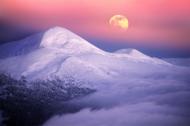
Dec 15: Cold Moon
One of the traditional names for the Full Moon in December is the Cold Moon.
How to take pictures of the Full Moon
Dec 21: December Solstice
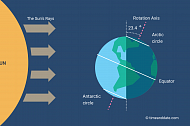
The December solstice will take place at 09:20 UTC. Also known as the winter solstice, it is the shortest day of the year in the Northern Hemisphere. In the Southern Hemisphere, it is the longest day of the year and is called the summer solstice.
Dec 22/23: Ursid Meteors

Catch the shooting stars of the last major meteor shower of the year, the Ursids, when it peaks in the night between December 22 and 23.
Dec 25: Mercury at Greatest Elongation West

For the 7th and final time this year, Mercury reaches its farthest distance from the Sun in the sky. The only other planet that has greatest elongations (as viewed from Earth) is Venus—but in 2024 it doesn’t have any.
Find Mercury with our Interactive Night Sky Map
Dec 30: Black New Moon
The second New Moon of the month, making this a Black Moon.
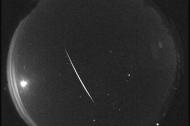 Jan 3/4: Quadrantid Meteor Shower
Jan 3/4: Quadrantid Meteor Shower
The first major meteor shower of 2025, the Quadrantids, peaks on the night of January 3 and the early morning hours of January 4 (depending on your time zone).
 Jan 4: Earth at Perihelion
Jan 4: Earth at Perihelion
At around 13:28 UTC, the Earth reaches perihelion—the point on its orbit closest to the Sun.
 Jan 10: Venus at Greatest Elongation East
Jan 10: Venus at Greatest Elongation East
Venus has been shining as the evening star since around August last year. On January 10, 2025, it reaches its farthest distance from the Sun in the evening sky.
Find Venus with our Interactive Night Sky Map
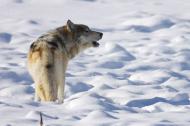 Jan 13: Wolf Moon
Jan 13: Wolf Moon
The first Full Moon of the year is colloquially known as the Wolf Moon in many northern cultures.
Traditional Full Moon names Mnidoo-Giizis – Recognition of the Moon
 Jan 16: Mars at Opposition
Jan 16: Mars at Opposition
Reddish Mars is shining particularly brightly around this time. On January 16, 2025, it reaches opposition, when it lies directly opposite the Sun, and is visible all night.
Find Mars with our Interactive Night Sky Map
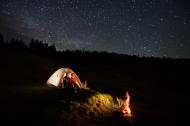 Jan 29: New Moon
Jan 29: New Moon
A New Moon in the sky means no moonlight to hinder your view of stars and planets. Use our Interactive Night Sky Map to find out what planets are visible tonight and where.
 Feb 12: Snow Moon
Feb 12: Snow Moon
February’s Full Moon is also known as the Snow Moon in many Northern Hemisphere cultures.
Mkwa-Giizis – Recognition of the Moon
 Feb 28: New Moon
Feb 28: New Moon
Take advantage of the New Moon to check out the skies with our Interactive Night Sky Map, weather permitting, of course.
 Mar 8: Mercury at Greatest Elongation East
Mar 8: Mercury at Greatest Elongation East
This might be a good time to try and spot Mercury: the planet appears at its farthest distance from the Sun in the evening sky.
Find Mercury with our Interactive Night Sky Map
 Mar 13/14: Total Lunar Eclipse
Mar 13/14: Total Lunar Eclipse
The first eclipse of 2025 is a total lunar eclipse of the Worm Moon visible across North and South America, the western edge of Europe and Africa, and New Zealand.
 Mar 14: Worm Moon
Mar 14: Worm Moon
The Full Moon in March is traditionally called the Worm Moon, after earthworms that tend to appear around this time in many locations in the Northern Hemisphere.
Ziisbaakdoke-Giizis – Recognition of the Moon
 Mar 20: March Equinox
Mar 20: March Equinox
The March equinox is the first day of spring in the Northern Hemisphere and the start of fall in the Southern Hemisphere, by astronomical definitions.
Haliburton Forest’s Astronomy Program
Nestled deep within the Haliburton Highlands, the Haliburton Forest and Wild Life Reserve is a haven for astronomy enthusiasts. With minimal light pollution, it offers some of the most breathtaking views of the night sky.
Plan Your Visit:
- Join their Astronomy Program in July and August for a guided stargazing experience.
- Stay overnight during winter to witness the pristine beauty of the celestial panorama.
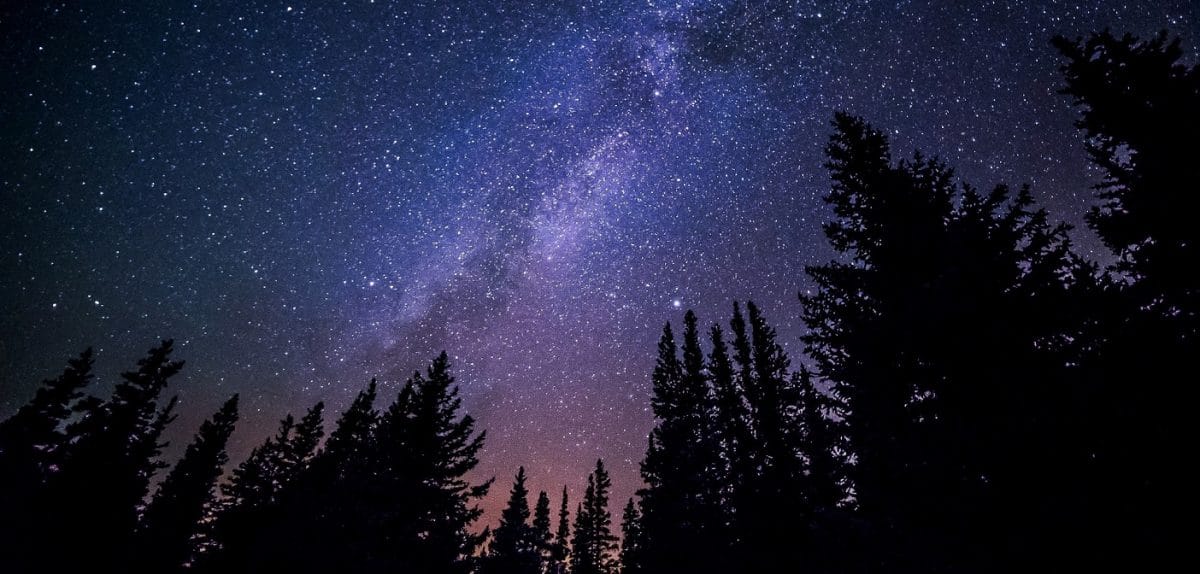
Viewing Conditions
Stay prepared for your stargazing adventure by checking the viewing conditions ahead of time. Whether you’re planning to catch a meteor shower or simply enjoy the constellations, knowing the weather and sky clarity ensures a magical night.
